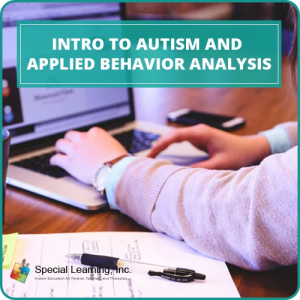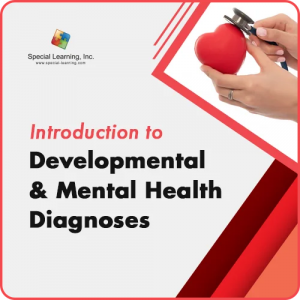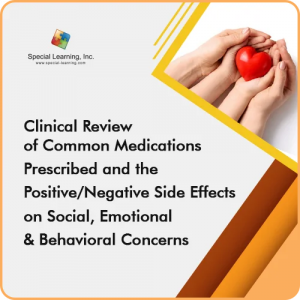What is ABA Therapy?
Applied Behavioral Analysis (ABA) therapy is a treatment plan for Autism Spectrum Disorder that has proven successful in mainstreaming many autistic children into the public school system with minimal assistance. Motivational programs have been developed by ABA therapists that help children to increase cognitive and behavioral function as well as to promote independence in learning and everyday tasks, so ABA therapy is effective in improving almost all aspects of an autistic child’s life.
ABA therapy breaks a child’s behavior down into objective, measurable units so that behavioral data can be collected and observed in order to assess the child’s behaviors, identify the skills the child needs to develop, and record the effectiveness of the therapy over time. This evidence-based approach makes ABA therapy’s results clearly demonstrable. According to a 1999 Surgeon General’s report: “Thirty years of research demonstrated the efficacy of applied behavioral methods in reducing inappropriate behavior and in increasing communication, learning, and appropriate social behavior. ”
Although costs for ABA therapy are considerable, consultations and therapy are offered both in-clinic and at-home by many practitioners. In addition to a child’s school environment, Applied Behavior Analysis training can be implemented at home and in play areas. Incorporating an ABA therapy program outside the classroom and clinic can help decrease the costs for services, materials, and environment modification.
Treatment Options
There are many different types of therapy available for autistic children, however, due to its evidence-based approach, ABA therapy has a proven track record of results that more subjectively administrated therapies cannot match. The therapy is administered through a hierarchical treatment structure established by the Behavior Analyst Certification Board (BACB), the Association of Professional Behavior Analysts (APBA), and the Association for Behavior Analysts International (ABAI). Before considering therapy for your child, it is best that you interview one or more consultants to get their opinion on the best approach for addressing your child’s needs. Most consultants that work with an associated clinic are Board Certified Behavior Analysts (BCBA). Certified consultants are equipped and trained to develop and administer individualized ABA treatment programs for a child. Consultants may often have teams of uncertified assistants that aid in administering therapy under the certified consultant’s guidance but do not develop therapy plans or make analytic decisions.
Observing and learning the therapy will help in decreasing costs while improving the intensity of the training for the child since the parent can learn to implement the exercises in the home and play areas in addition to classroom and clinical training. This will usually improve the child’s progress but is not a substitute to the services of a qualified consultant or technician. Therapy based on Applied Behavior Analysis is quite costly. Some consultants charge as much as $120 per hour for their services, not including the costs of environmental modifications or other materials.
ABA Therapy Basics
Applied Behavioral Analysis training uses positive reinforcement to teach children desired behaviors. When a child demonstrates the correct behavior in response to an environmental trigger such as a sound or a request from a parent or teacher, the child is rewarded with a reinforcer appropriate to the behavior and the particular child. A reinforcer could be anything from a special treat to a chance to play with a favorite toy, or even just a smile and a hug from the requestor. The child’s typical environment is studied carefully to determine what triggers cause the child to behave undesirably. Over the course of therapy, a consultant will work to either remove triggers that lead to undesirable behaviors or to change the child’s response to those triggers.
It is important to note that Autism Spectrum Disorder is exactly that – a disorder – and not a disease. There is no cure for autism and once a child is diagnosed as being autistic the condition is permanent. ABA therapy seeks to improve a child’s ability to cope with the condition, not to overcome or cure it. The efficacy of the therapy will depend on how severe the child’s autistic condition is and how early therapy is begun. However, many children under four years of age who have undergone therapy based on Applied Behavior Analysis will experience measurably improved social and verbal skills, and in some cases even a significant increase in IQ. ABA therapy is considered to be the most effective evidence-based therapeutic approach to children with autism.
Copyright © by Special Learning Inc. All right reserved.
No part of this article may be reproduced in any manner whatsoever without written permission except in the case of brief quotations embodied in critical articles and reviews. For information, contact Special Learning Inc., at: contact@special-learning.com








